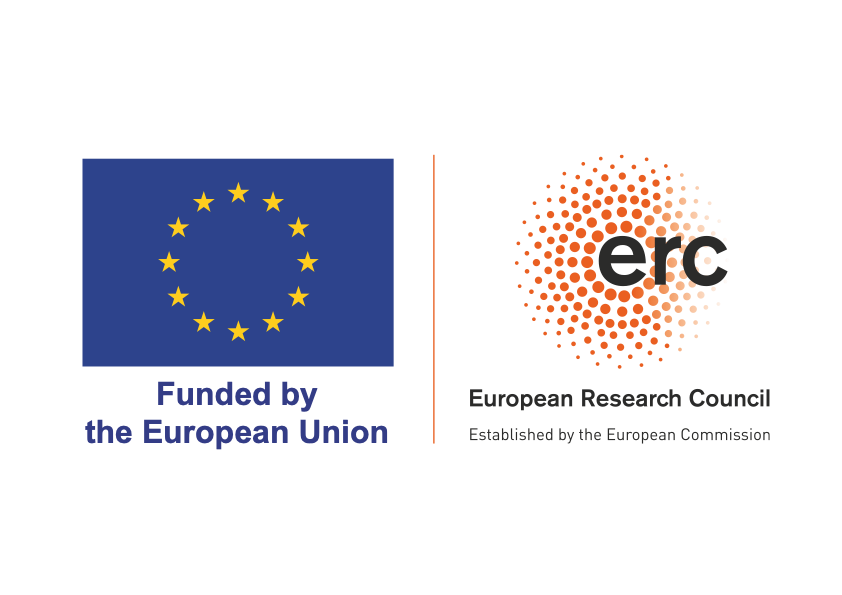- Indico style
- Indico style - inline minutes
- Indico style - numbered
- Indico style - numbered + minutes
- Indico Weeks View
Holonomic Techniques for Feynman Integrals
→
Europe/Berlin
Max Planck Institute for Physics
Max Planck Institute for Physics
Boltzmannstrasse 8, 85748 Garching
, ,
Description
Take a seat: The Max Planck Institute for Physics in Munich hosts the event, with the aim of exchanging ideas in this flourishing field of research.
The workshop "Holonomic Techniques for Feynman Integrals" plans to advance the mathematical and physical understanding of Feynman integrals, which underpin computations for collider and gravitational observables in particle physics. It will bring together experts from both mathematics and physics to discuss latest results and to establish further connections between the two fields.
Some of the topics covered will be monodromy representations, singularities, differential and difference equations, Pfaffian systems, hypergeometric functions, cohomology intersection numbers, twisted cohomology,
Location and Equipment
The workshop will take place at the Max Planck Institute for Physics on the Campus Garching north of Munich from October 14-18 2024. The conference room is equipped with blackboards and digital presentation technology.
Poster session
Early career researchers are strongly encouraged to apply for presenting a poster about their research. The poster walls have capacities for posters up to the size A0 (cm: 118 x 84, inches: 33.1 x 46.8). We recommend the poster size A0.
Organizers
- Hofie Sigridar Hannesdottir, Institute for Advanced Study, Princeton
- Johannes Henn, Max Planck Institute for Physics, Munich
- Anna-Laura Sattelberger, Max Planck Institute for Mathematics in the Sciences, Leipzig
Local Organizers
- Diana López-Falcón, Max Planck Institute for Physics, Munich
- Julia Redl, Max Planck Institute for Physics, Munich
- Sorana Scholtes, Max Planck Institute for Physics, Munich
Confirmed Speakers
- Daniel Bath, KU Leuven
- Ruth Britto, Trinity College Dublin
- Christoph Dlapa, DESY, Hamburg
- Clément Dupont, Université de Montpellier
- Claudia Fevola, Inria Saclay, Palaiseau
- Gaia Fontana, University of Zurich
- Tobias Huber, University of Siegen
- Martina Juhnke, Osnabrück University
- Khazhgali Kozhasov, Université Côte d'Azur
- Saiei Matsubara-Heo, Kumamoto University
- Eric Pichon-Pharabod, Max Planck Institute for Mathematics in the Sciences, Leipzig
- Franziska Porkert, Bonn University
- Claudia Rella, Institut des Hautes Études Scientifiques
- Carsten Schneider, Johannes Kepler University Linz
- Stephan Stieberger, Max Planck Institute for Physics, Munich
- Bernd Sturmfels, Max Planck Institute for Mathematics in the Sciences, Leipzig
- Ingrid Vazquez-Holm, Uppsala University
- Karen Vogtmann, University of Warwick
- Stefan Weinzierl, University of Mainz
- Qinglin Yang, Max Planck Institute for Physics, Munich
- Zahra Zahraee, CERN, Geneva
Accommodation
Except the invited speakers, we kindly ask all participants to arrange their own accommodation. Recommendations for hotels:
Garching-Forschungszentrum:
Munich City Centre (close to the underground train U6, direct connection to Garching-Forschungszentrum):
Photographs will be taken during the event. Your permission for their publication will be requested on site.
The workshop is part of the ERC Synergy Grant UNIVERSE+ www.positive-geometry.com. It is funded by the European Union (project number: 101118787) Views and opinions expressed are however those of the author(s) only and do not necessarily reflect those of the European Union or the European Research Council Executive Agency. Neither the European Union nor the granting authority can be held responsible for them.

